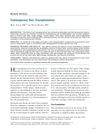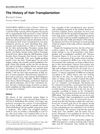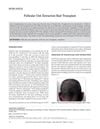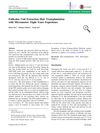Commentary on Micropunch Hair Transplantation
August 2011
in “
Dermatologic Surgery
”
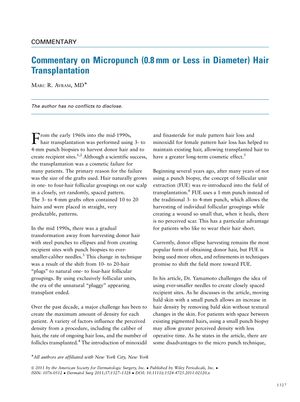
TLDR Small micropunches for hair transplants can increase density but may cause more bleeding and longer healing.
In the commentary from 2011, Marc R. Avram, MD, discusses the evolution of hair transplantation techniques, highlighting the shift from the use of 3- to 4-mm punch biopsies in the early 1960s to mid-1990s, which often resulted in a cosmetically displeasing "pluggy" appearance, to the adoption of follicular unit transplantation (FUT) in the mid-1990s. This shift involved using smaller needles and harvesting hair in natural one- to four-hair groupings, which improved cosmetic outcomes. Avram notes that maintaining existing hair with medications like minoxidil and finasteride has enhanced the long-term cosmetic effect of transplants. He also discusses the re-introduction of follicular unit extraction (FUE) using a 1-mm punch, which allows for individual follicular grouping harvests without leaving a noticeable scar, benefiting patients who prefer short hairstyles. Despite the popularity of donor ellipse harvesting, FUE is gaining traction. Dr. Yamamoto's article is referenced, which challenges the use of smaller needles for recipient sites and introduces the concept of using micropunches to increase hair density by removing bald skin. However, this technique has disadvantages, including potential for increased bleeding, longer crusting postoperatively, and graft "popping" during placement. Avram suggests that future refinements in micropunch techniques may expand their role in creating recipient sites for hair transplantation.
